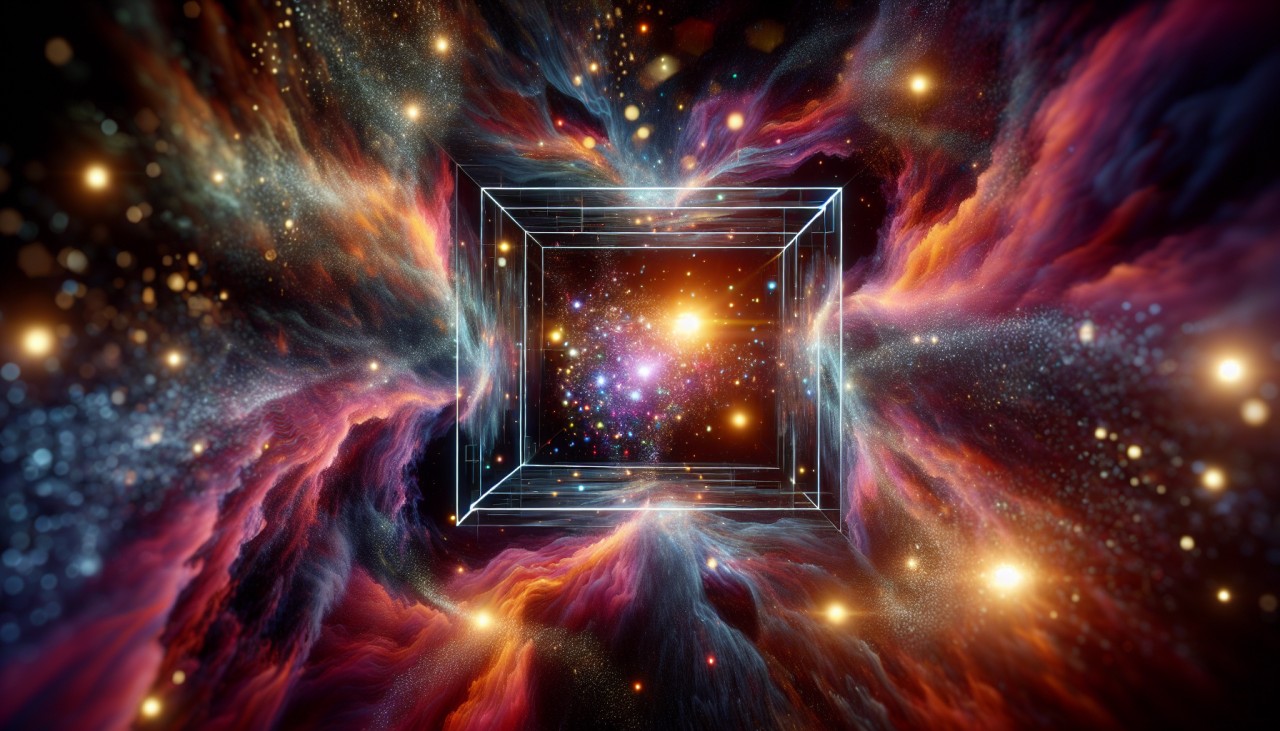


In a groundbreaking study, scientists from the University of Southampton, Leiden University, and the Institute for Photonics and Nanotechnologies have successfully measured gravity at the microscopic level. By levitating a tiny 0.43-milligram particle in extremely cold temperatures, they detected a weak gravitational pull of just 30 attoNewtons. This achievement marks a significant step toward unifying quantum mechanics and general relativity, two pillars of modern physics that have long remained separate. The researchers utilized superconducting devices and magnetic fields to isolate the particle's vibrations, enabling them to observe gravitational effects previously undetectable at such small scales. This method could pave the way for future experiments exploring the quantum nature of gravity, potentially unlocking mysteries about the universe's origins and the behavior of black holes.
Another significant advancement comes from a collaboration between the Indian Institute of Technology Guwahati and the University of Stellenbosch. Their research focuses on gravity-induced entanglement (GIE), a phenomenon that could bridge the gap between general relativity and quantum mechanics. By analyzing gravitational waves, the team found that while classical gravitational waves do not generate entanglement, the quantum version does at the second order of gravitational perturbation. This discovery suggests that detecting GIE using gravitational wave detectors could provide the first evidence of gravity's quantum nature. Such findings have profound implications, potentially shedding light on other cosmic mysteries like dark matter and dark energy, which constitute most of the universe but remain poorly understood.
The advancements in quantum gravity research could lead to the development of more precise gravitational wave detectors. These detectors might not only confirm the quantum nature of gravity but also enhance our understanding of cosmic phenomena, potentially leading to new technologies that harness gravitational interactions.